5 places you should never plant hydrangeas – to get the best from these fabulous flowering shrubs in your backyard
Gardening professionals share top tips on soil type, sunlight, and more
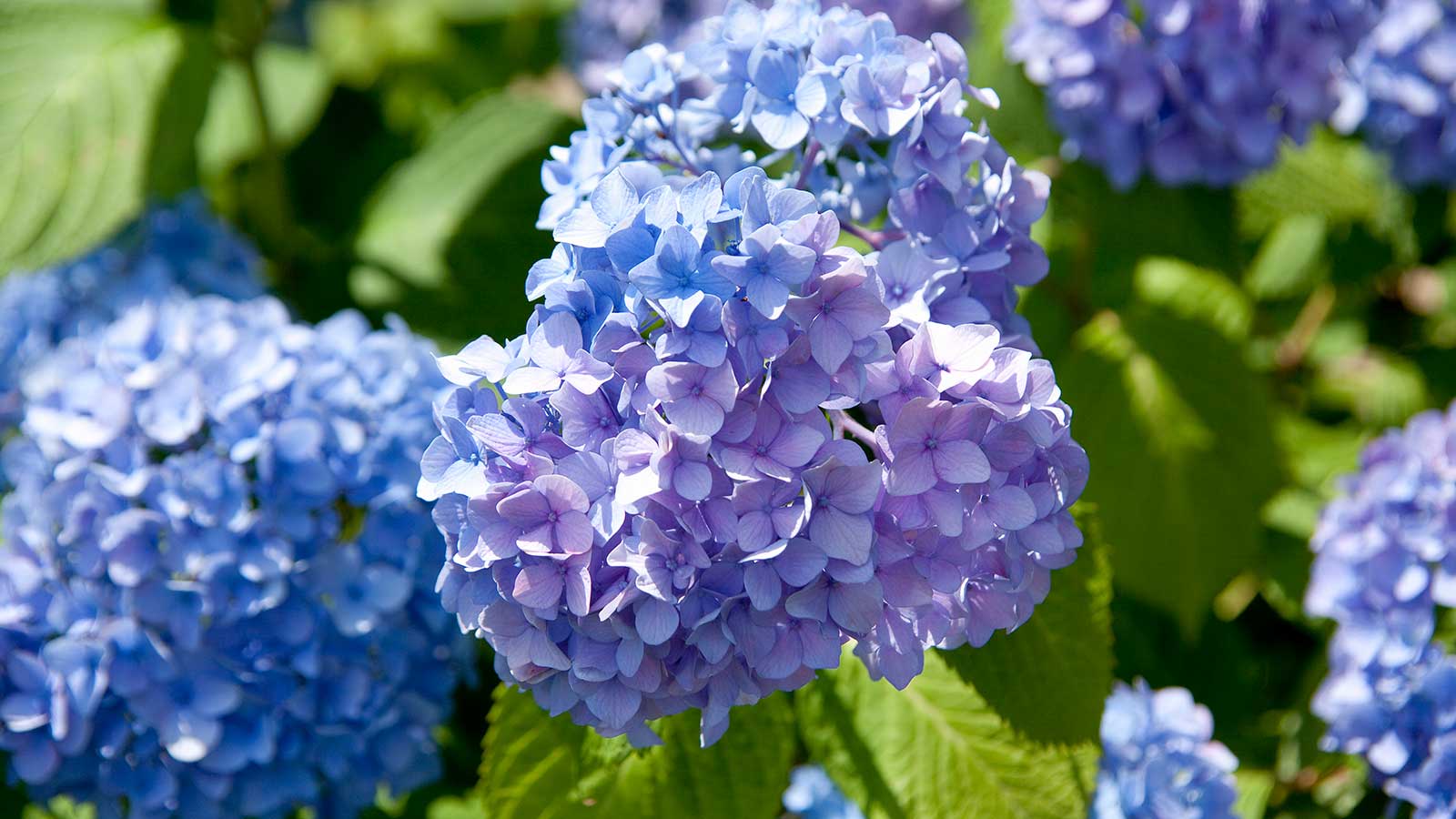

Hydrangeas are one of those plants that suit any type of garden scheme. Depending on the variety, they can be grown in pots, borders, or even climbing up a wall, and they offer serious flower power with their huge, long-lasting blooms.
While growing hydrangeas is generally straightforward, choosing their planting spot carefully is key to helping them thrive. Factors such as the amount of sunshine a space gets and how moisture-retentive the soil is should be considered, as certain conditions can cause these shrubs to struggle.
I turned to gardening professionals for their insights on where to avoid planting these beauties. Below, they share plenty of tips to take on board, which will help you pick the perfect home for your hydrangea and understand which conditions to always avoid.
1. Dry soil
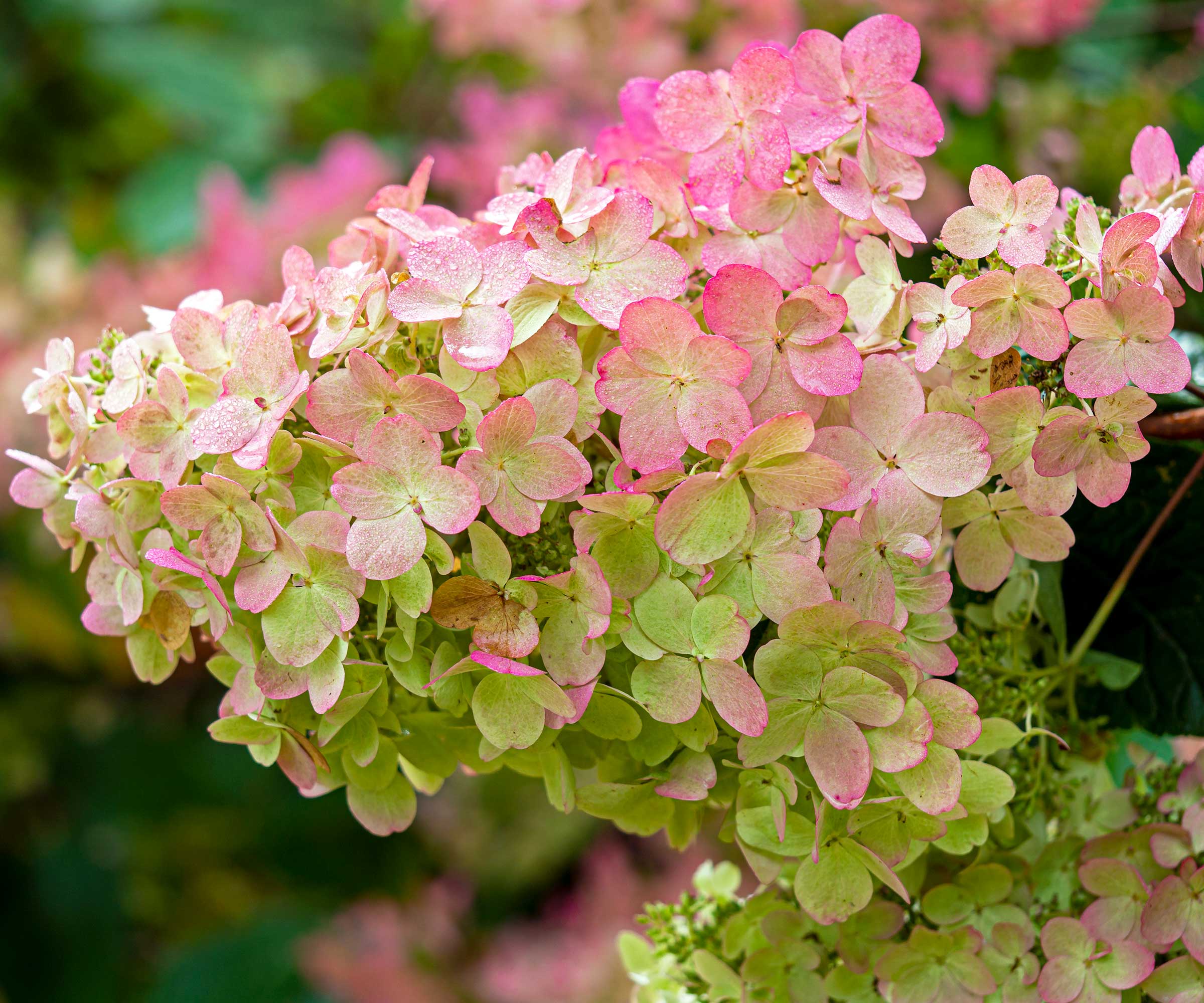
Hydrangeas are thirsty plants
'Keep in mind that there are several types of hydrangeas that are somewhat unique in their cultural needs,' says Lorraine Ballato, a hydrangea expert. 'All of them share the need, however, for well-draining, moisture-retentive soil. Dry, desert-like conditions will spell doom for all of them.' In fact, it's one of the reasons why their leaves can turn yellow.
If you have dry soil in your yard but still want to grow these shrubs, try digging in plenty of compost which will make it more moisture retentive. Mulching is also your friend. A generous layer around your plants, on the surface of the soil, will improve conditions and help to suppress weeds, too. Using leaf mold for mulching hydrangeas is a great option – and makes the most of fallen leaves in your garden.
Alternatively, you may wish to grow your hydrangea in a large pot with good-quality potting soil. Choose a compact variety, such as 'Cherry-Go-Round™' bigleaf hydrangea or 'Fire Light Tidbit®' panicle hydrangea, both available from Nature Hills.
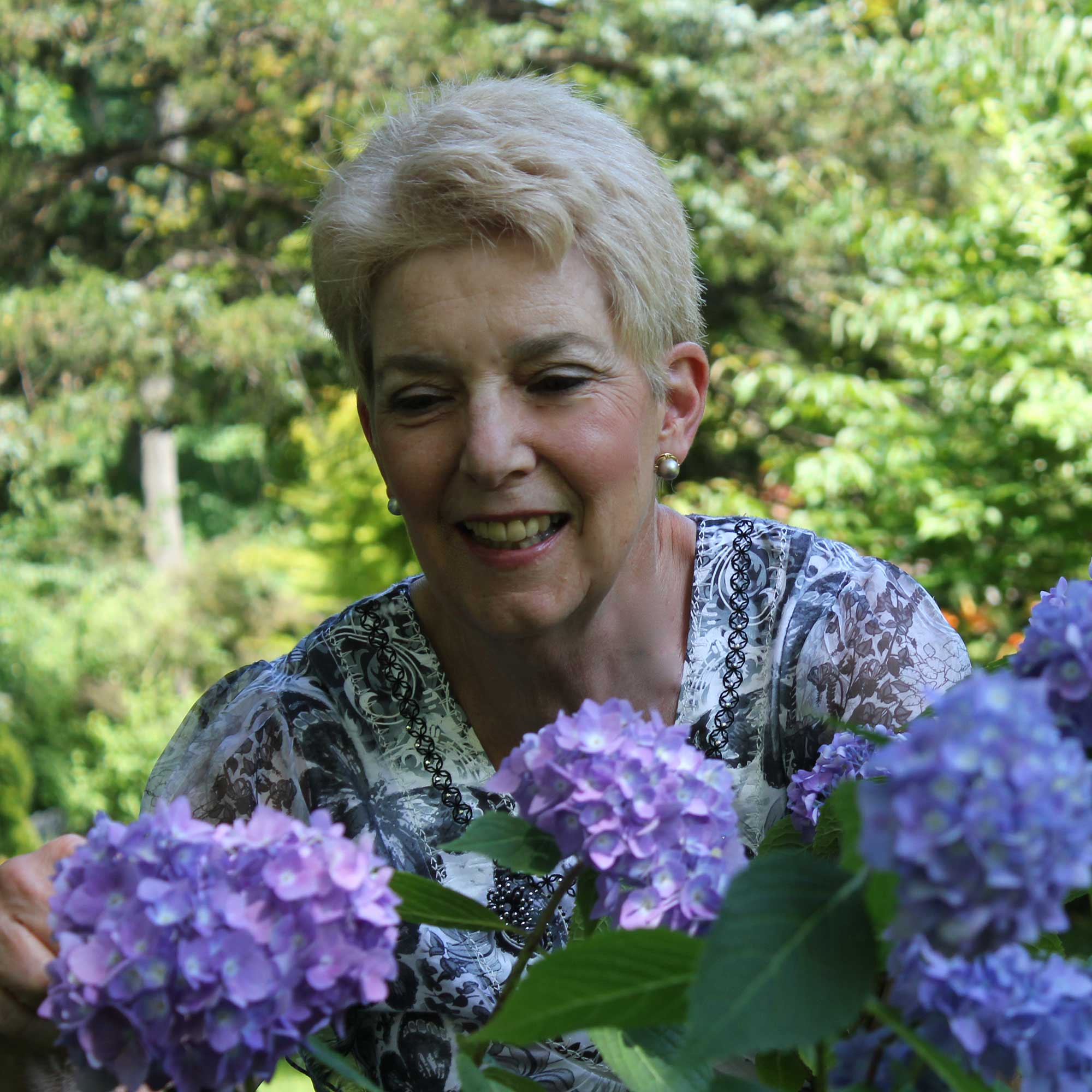
Lorraine is a highly experienced New England horticulturist and the author of the international best-selling book, Success With Hydrangeas. She is an in-demand speaker throughout the U.S. and has been a guest on radio shows from Alaska to Connecticut. She has been teaching classes at the New York Botanical Garden for over 10 years and is considered their resident hydrangea expert.
2. Waterlogged soil
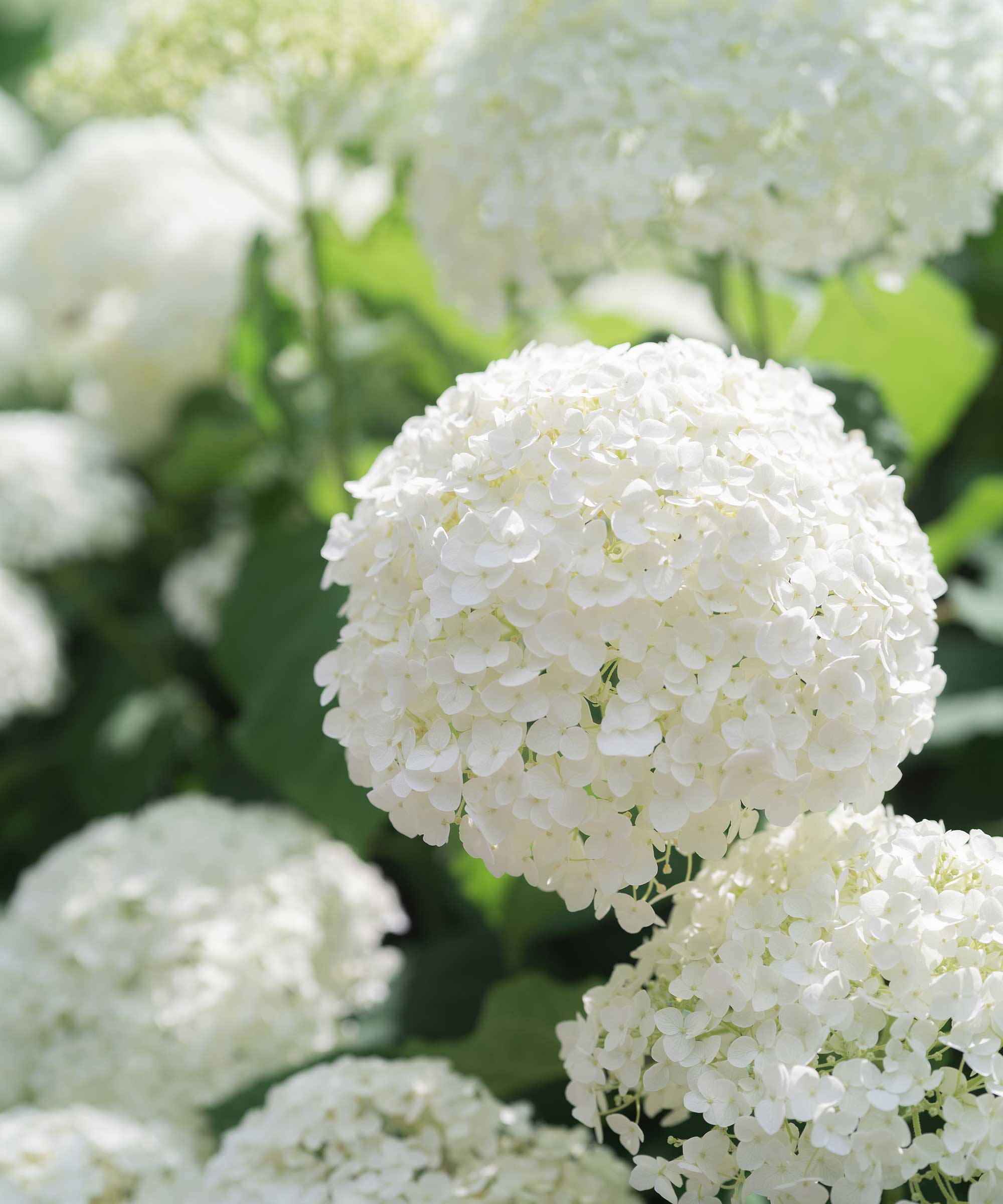
Too much moisture can cause problems for your plant
While hydrangeas do like plenty of moisture, it's key to get the balance right. Linda Vater, a plant expert on behalf of Southern Living® Plant Collection, recommends avoiding planting them in waterlogged or poorly draining soil – 'where the soil remains consistently wet or where water pools after rain.
Design expertise in your inbox – from inspiring decorating ideas and beautiful celebrity homes to practical gardening advice and shopping round-ups.
'Soggy soil can lead to root rot, a serious condition that can kill the plant,' she says. 'While hydrangeas need consistent moisture, their roots cannot tolerate sitting in standing water.'
If you have a heavy, clay soil type in your yard, digging in compost can help to increase drainage – or again, consider planting in a pot. Also, be sure to know how to water hydrangeas properly, to avoid overdoing it.
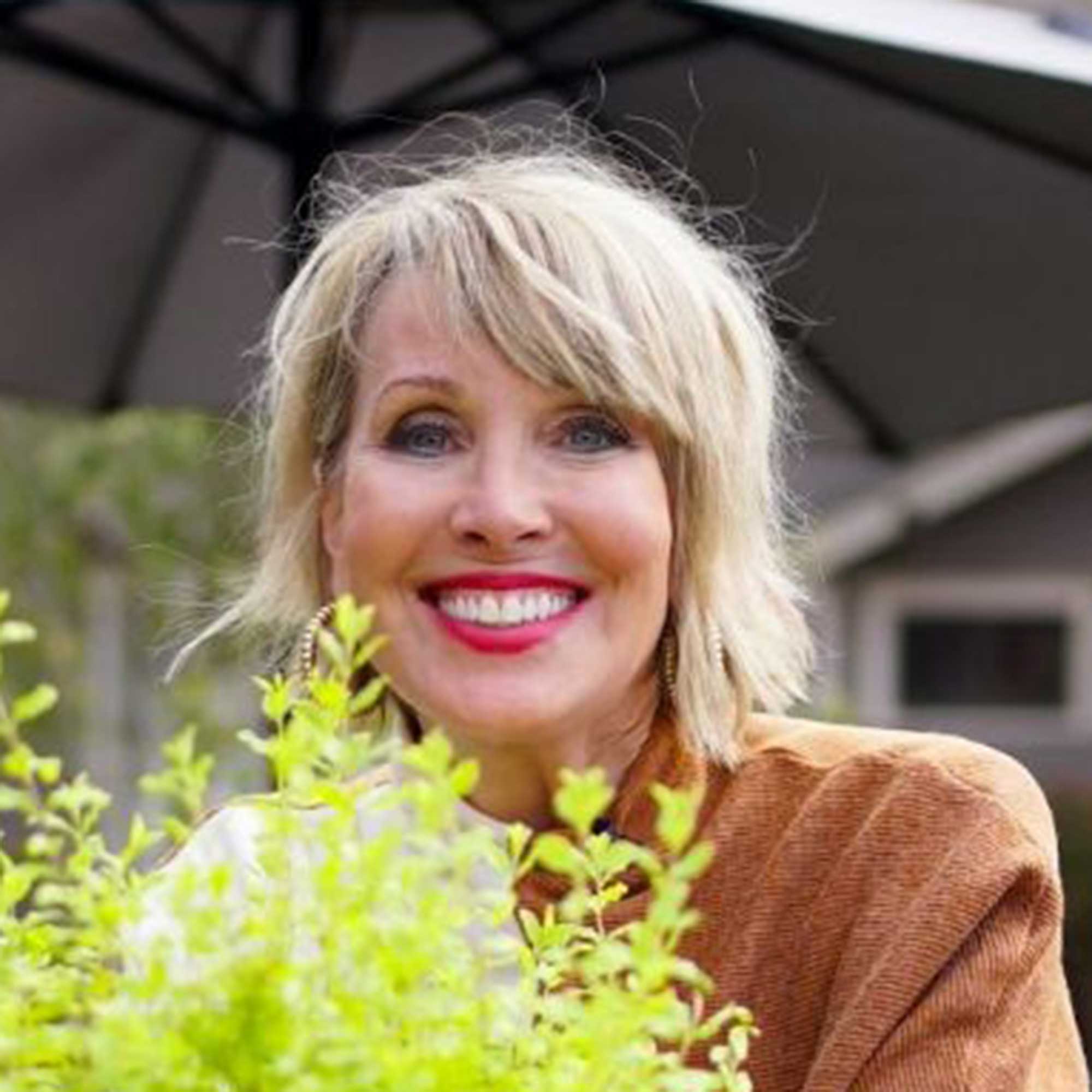
Linda is a self-taught garden designer, stylist, and content creator who views all of life through a gardening lens. The founder of a popular YouTube channel dedicated to gardening, Linda is also the author of several books, including her latest publication: The Garden Journal: A 5-Year Record Of Your Home Garden.
3. Too much sun – or too much shade
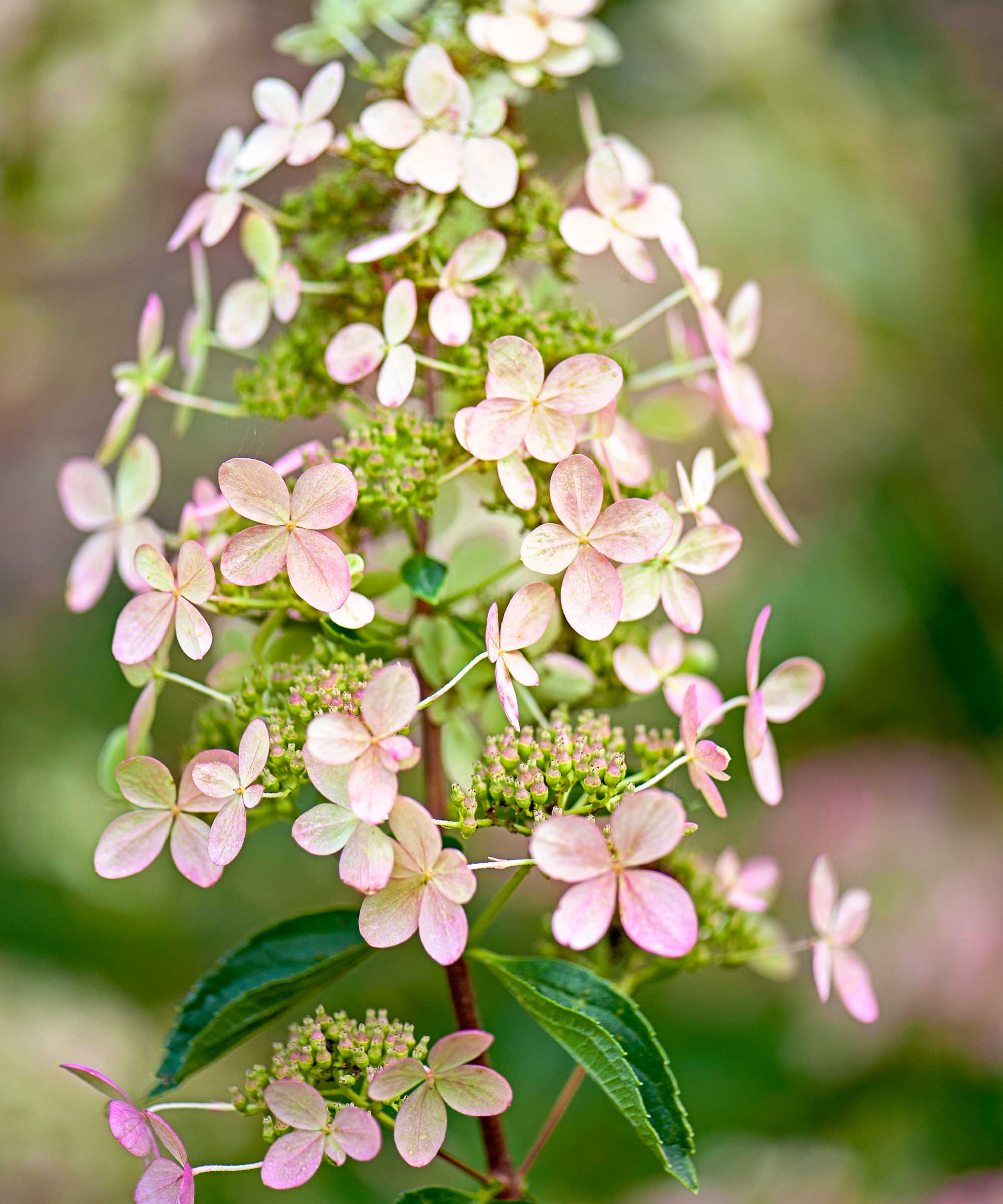
A bit of sun will help with blooming
'Avoid planting most hydrangea varieties, especially Hydrangea macrophylla (also known as bigleaf) varieties, in locations that receive direct, harsh afternoon sun,' says Linda – 'especially in warmer climates like the South.'
She explains that this can scorch their leaves and cause the blooms to wilt or fade quickly. While some hydrangea varieties, such as panicle hydrangeas, can tolerate more sun, they still benefit from some afternoon relief in hot regions, she adds.
However, picking a spot in deep shade is also a mistake. 'Deep shade, like the north side of a building, will thwart any hydrangea's attempt to flower, so stay away from that,' says Lorraine.
Linda agrees: 'Deep shade can result in reduced flowering and leggy growth.' Most hydrangeas bloom best with morning sun or dappled shade, she adds.
4. Exposed to winter weather
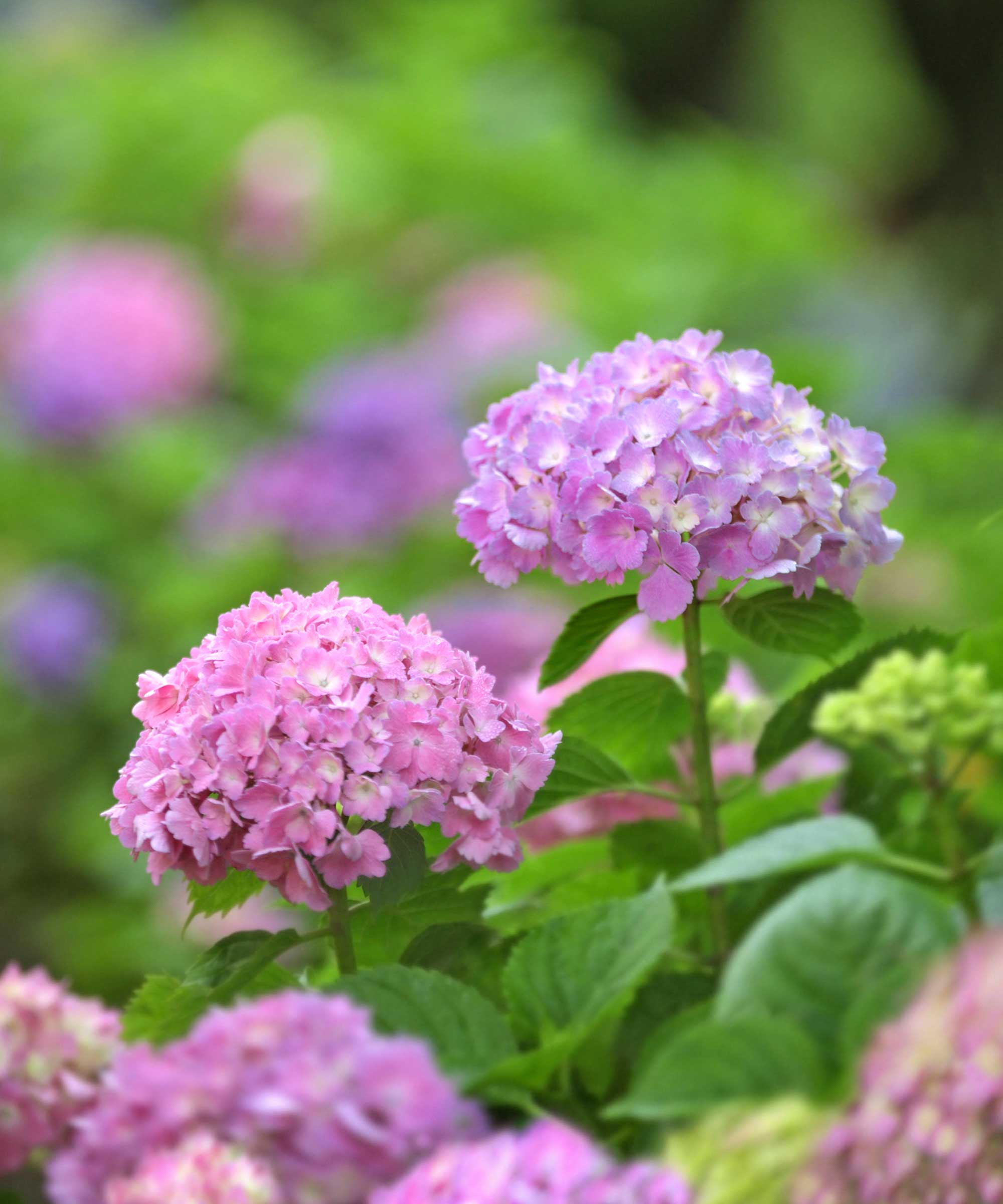
A sheltered spot is beneficial throughout the coldest months
Winter conditions can be a challenge, especially for bigleaf varieties, notes Lorraine. 'The colder the geography, the harder it is for the flower buds on bigleaf hydrangeas to survive and deliver their spring or summer show.
The flower buds on these plants are set in late fall and must survive whatever Mother Nature throws at them.' With this in mind, she recommends planting them in the shelter of a 'winter-persistent something' in colder regions. 'Think sheds, fences, and the like.'
Paul Kamps, co-owner of Kamps Hydrangea Inc., also comments on this point: 'I would say to never plant a Hydrangea macrophylla out on its own, exposed to winter wind. We find the winter wind is the most challenging element for getting a Hydrangea macrophylla to bloom season over season.' He suggests planting them close to a building, which will create a small warmth zone.
You could also consider planting your susceptible hydrangeas in a bed rimmed with conifers, rhododendrons, or azaleas, suggests Lorraine. 'Boxwood also works since all of these plants are evergreen and can somewhat block icy winter weather.'

Paul Kamps, along with his two brothers, owns and operates Kamps Hydrangea Inc. Paul manages all sales and business development for the company. Focusing on hydrangeas since 1993, Kamps works with the newest and best genetics to provide a perfect hydrangea experience for their finished grower partners and, eventually, the final consumer. Although they don't directly sell anything to consumers, Kamps stays in contact with stores and buyers to ensure that the consumer experience is positive.
5. A space that's too small
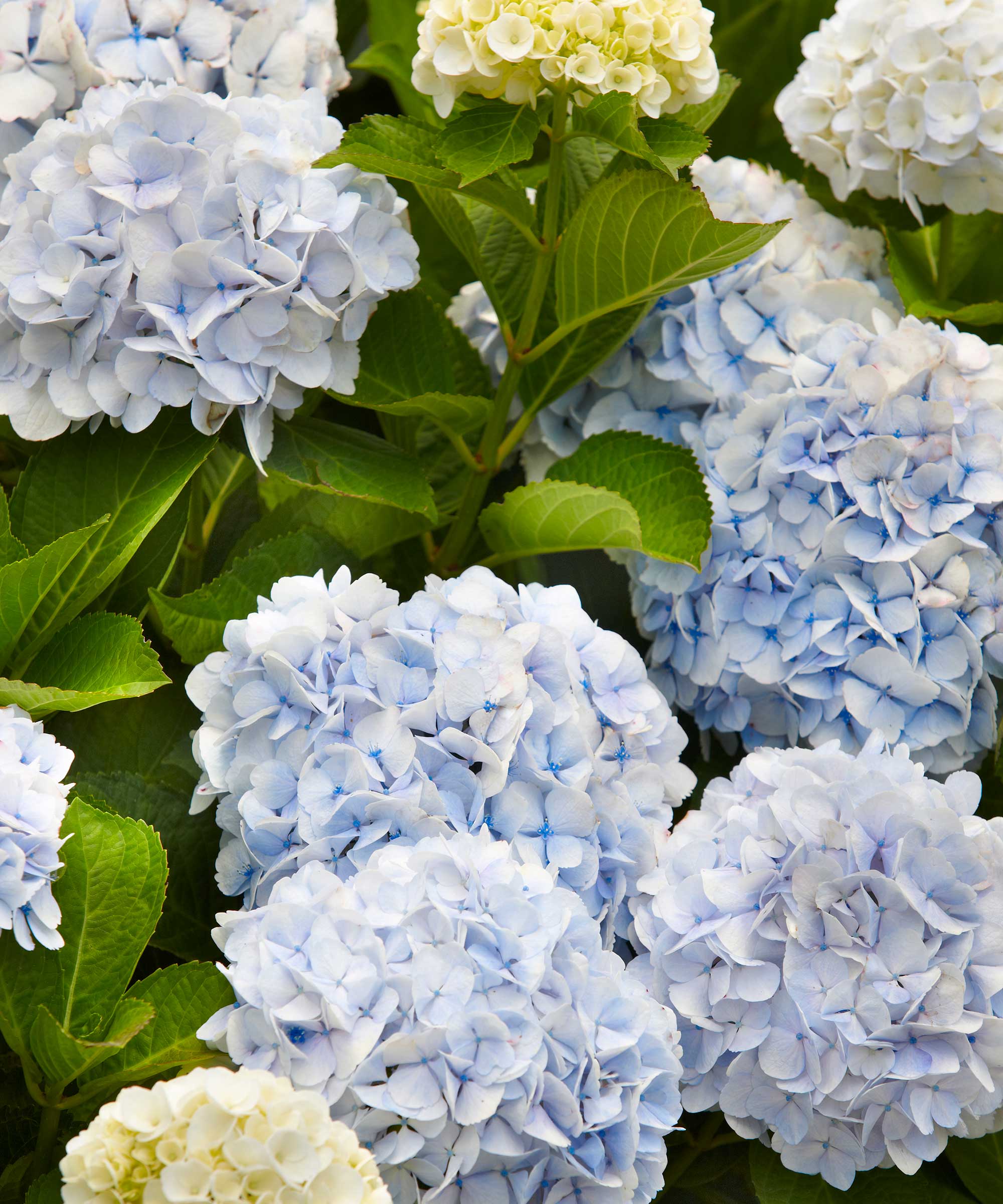
Be sure to give your plant plenty of room to grow
'The other mistake people make is they put their plant in a place that it will outgrow, so they feel a need to always prune it back,' says Lorraine. 'That can spell disaster if the practice is to prune indiscriminately, without regard to when those flower buds get set.
'I always recommend to my audiences that they transplant an overgrown plant to a place where it can live up to its potential, and replace it with one of the more compact versions in the market,' she continues. 'A lot of gardeners don't pay close attention to correct pruning timing, since one size does not fit all. Pruning at the wrong time is the most common reason for hydrangea flowering issues.'
Paul adds: 'The absolute most important thing to know about Hydrangea macrophylla is to trim it in midsummer and never in the fall or spring. There is lots of information out there about new wood macrophyllas, but we'd still recommend only trimming in midsummer. The risk of cutting off your flower buds is too great in the autumn and will certainly happen if you trim in the spring.'
FAQs
Can you plant hydrangeas under trees?
'It's generally best to avoid planting hydrangeas directly beneath large, established trees,' says Linda. 'Trees have extensive root systems that will compete with the hydrangea for water and nutrients in the soil. Additionally, dense tree canopies can create overly shady conditions, which can hinder blooming.'
Some plants do work well in these conditions, though – our guide on best plants for under trees has plenty of ideas.
Can you grow hydrangeas indoors?
Tammy Sons, CEO of TN Nursery, says hydrangeas aren't ideal for growing indoors. 'Hydrangeas can manage brief periods indoors with bright yet indirect lighting, but rely on outdoor conditions for seasonal rest periods and proper airflow to sustain their long-term health.'
While picking the best place for your hydrangea is an important first step in caring for them correctly, there are lots of other things you can do to help them truly flourish.
Knowing when and how to fertilize hydrangeas is useful, for instance, as is taking steps to prevent hydrangea diseases. You can also learn how to dry hydrangeas for long-lasting indoor displays – our guide explains how.
If you are struggling to grow these shrubs, you are not alone, as many gardeners are turning away from hydrangeas due to the high heat and extended droughts of summer. See our guide for hardy alternatives to consider instead.

Holly started writing about gardening five years ago, and she is a regular contributor to Homes & Gardens. She has also written many gardening features for Woman & Home and Real Homes, too. She has previous experience as a professional gardener, where she helped to plant and maintain private gardens. Holly has also looked after allotment plots over the years and loves to grow her own flowers and veggies from seed. In her spare time, she enjoys visiting local gardens, botanical drawing, and tending to her ever-growing collection of houseplants.
You must confirm your public display name before commenting
Please logout and then login again, you will then be prompted to enter your display name.